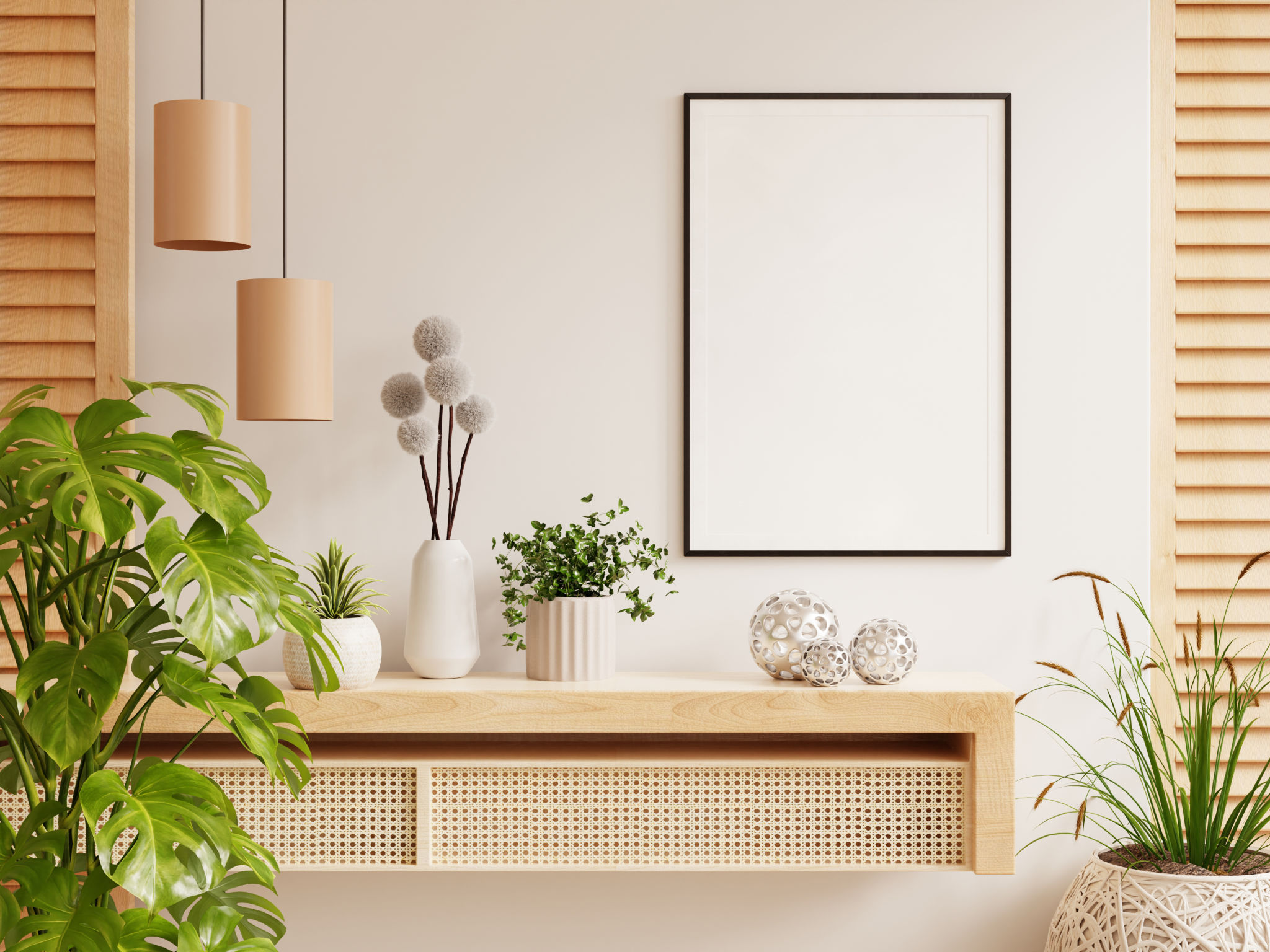Common Mistakes When Choosing Paint Finishes and How to Avoid Them
Understanding Paint Finishes
Choosing the right paint finish is crucial for achieving the desired look and durability of your painted surfaces. However, many people make common mistakes during this process, leading to unsatisfactory results. Understanding the different types of paint finishes and their specific purposes is the first step in avoiding these pitfalls.

Types of Paint Finishes
Paint finishes range from flat to glossy, each with its unique characteristics. Here’s a quick overview:
- Flat/Matte: Non-reflective and perfect for hiding imperfections.
- Eggshell: Slightly reflective and more durable than flat.
- Satin: Offers a soft sheen, ideal for high-traffic areas.
- Semi-gloss: Shinier and moisture-resistant, great for kitchens and bathrooms.
- Gloss: Highly reflective, suitable for trim and furniture.
Common Mistakes When Choosing Paint Finishes
Ignoring Room Functionality
A frequent mistake is disregarding the room's function when selecting a paint finish. For example, using a flat finish in a high-moisture area like a bathroom can result in mildew and staining. To avoid this, consider finishes like semi-gloss or satin, which offer better moisture resistance.

Overlooking Surface Imperfections
Many people make the mistake of choosing a glossy finish without addressing surface imperfections first. Glossy finishes tend to highlight flaws, whereas flat or matte finishes can effectively hide them. Before painting, ensure surfaces are smooth and primed, especially if opting for a glossier finish.
How to Choose the Right Finish
Considering Lighting Conditions
Lighting plays a significant role in how paint finishes appear. Glossy surfaces can reflect light and create glare, while matte finishes absorb light and reduce glare. Evaluate the natural and artificial lighting in your space to determine which finish will best complement the room.

Testing Before Committing
Another common oversight is not testing the paint finish before applying it to large areas. It's advisable to purchase small samples and apply them to a small section of the wall. Observe how it looks at different times of the day to ensure satisfaction with the final result.
Conclusion: Making Informed Decisions
Avoiding these common mistakes involves careful planning and understanding of paint finishes. By considering room functionality, surface condition, lighting, and testing finishes beforehand, you can achieve a professional and aesthetically pleasing result. Remember, choosing the right finish not only enhances the look but also extends the lifespan of your paint job.
